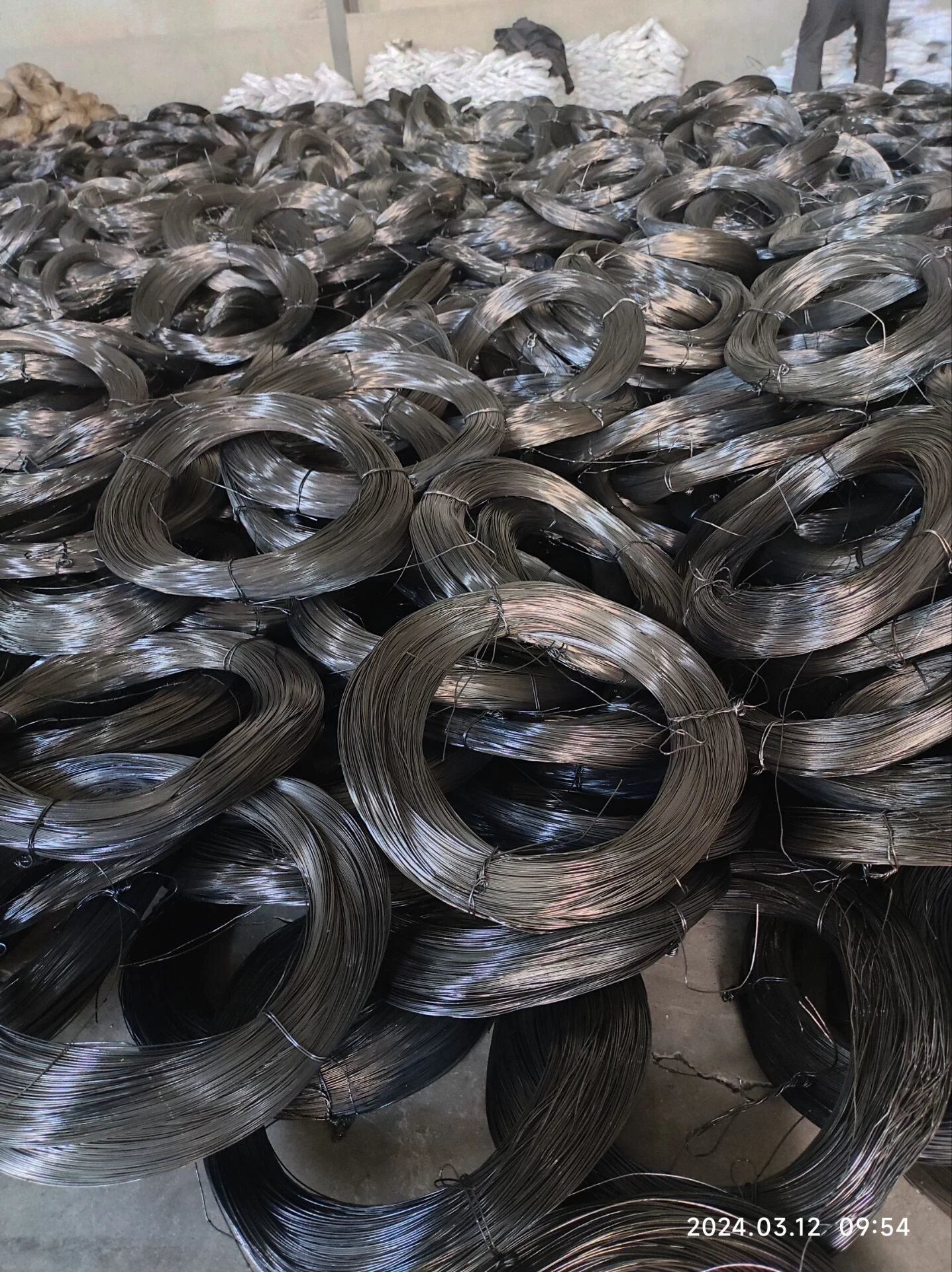Understanding the pricing of green chain link fences requires a nuanced approach that balances practical expertise with a thorough knowledge of market dynamics. As a widely used fencing solution, green chain link fences offer a perfect blend of aesthetic appeal and functionality, making them a popular choice for both residential and commercial applications. But what influences their cost? Here's a breakdown.

Material Quality and Coating
A principal factor determining the price of a green chain link fence is the quality of the materials used. Standard galvanized steel forms the backbone of these fences, offering durability and rust resistance. The green color typically comes from a vinyl or polyester coating, which enhances its weather resistance and aesthetic appeal. Fences with a thicker gauge steel wire or higher quality vinyl coating will invariably be more expensive, but they offer greater durability and longevity, making them a wise investment for long-term needs.

Gauge and Height Specifications
The gauge, or thickness, of the fence wire, plays a crucial role in both cost and durability.
Common wire gauges for chain link fences range from 9 to 11.5, with a lower gauge indicating thicker wire. A 9-gauge wire is more robust and generally more costly compared to an 11.5-gauge wire. Additionally, the height of the fence also affects pricing. Standard heights range from 3 to 12 feet, and fences meant for increased security or privacy will require both greater height and additional cost for installation.
Installation Complexity
Installation costs for green chain link fences can vary significantly based on location and terrain. Obstacles like slopes, trees, or uneven ground necessitate additional labor and materials, increasing the total expense. Furthermore, urban settings often demand compliance with local regulations and neighborhood association guidelines, which might require permits or specific types of installation techniques that can add to the cost.
Market Demand and Supplier Variability
green chain link fence prices
Fencing prices can fluctuate based on broader market trends and supplier-specific factors. During peak construction seasons or in markets with high demand, prices may rise due to increased labor costs and material shortages. Conversely, off-season purchases and buying from suppliers offering bulk discounts or wholesale rates can result in substantial savings. It's advisable to conduct comprehensive market research and compare quotes from multiple suppliers to secure the best deal.
Maintenance and Longevity Considerations
Investing in a green chain link fence requires a clear understanding of the maintenance costs associated with preserving its condition and appearance. While these fences are relatively low maintenance, occasional cleaning and inspection are essential to prevent rust or damage. The choice of a high-quality protective coating can significantly reduce maintenance frequencies and extend the fence's lifespan, indirectly affecting the overall cost-effectiveness.
Customization and Additional Features
Customization options, such as privacy slats, gates, or decorative elements, can increase the overall price of a chain link fence. These additions not only enhance visual appeal but can also add functional benefits like increased privacy and security. When considering such features, it's important to balance personal preferences with budget constraints.
Professional Consultation and Assessment
Engaging with a fencing professional can provide personalized insights and recommendations tailored to specific needs and conditions. A detailed property assessment can help determine the most suitable specifications and highlight potential challenges in installation. A professional's expertise ensures that the chosen solution is both cost-effective and compliant with all relevant standards and regulations.
In summary, the price of a green chain link fence is influenced by a combination of material quality, technical specifications, installation factors, and market conditions. By understanding these elements, consumers can make informed decisions that align with their needs and budget, ensuring a balance between functionality, aesthetics, and cost-efficiency.
 TEL:
+86-13102802206
TEL:
+86-13102802206
 Email:
fencenetting@china.com
Email:
fencenetting@china.com
 Language
Language
 TEL:
+86-13102802206
TEL:
+86-13102802206
 Email:
fencenetting@china.com
Email:
fencenetting@china.com
 Language
Language



